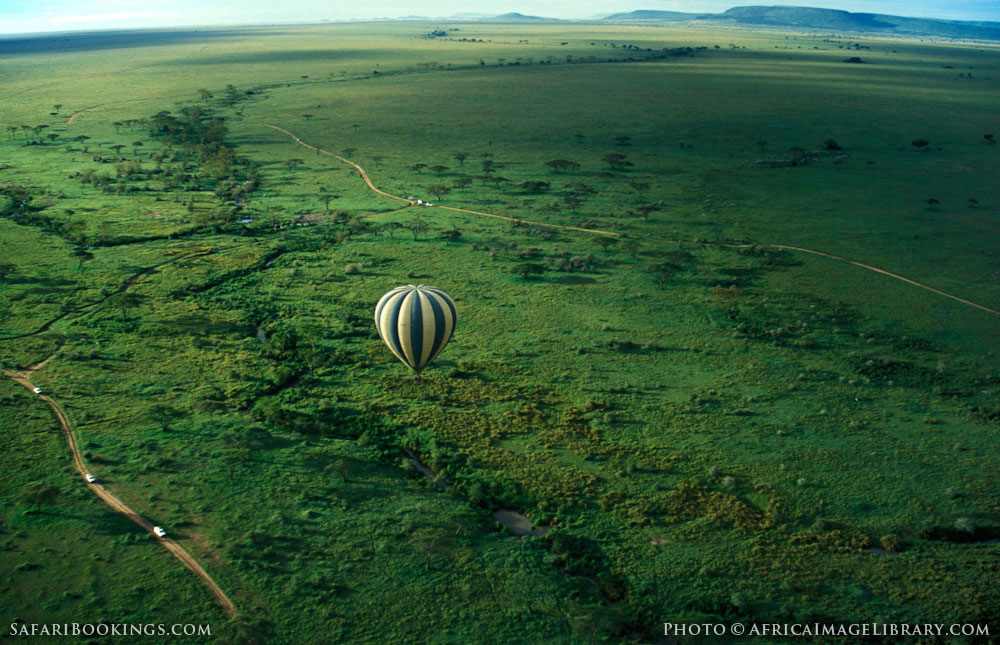2. An interesting thing about about the region of Africa is that it has variability in its climate zones. Being divided into four Major Sub regions makes for even more variety. For Example the Sahara region of Africa can only experience rainfall during one season. Having dry spells in West Africa has affects on its vegetation and surface properties. This can cause changes to that sub regions atmospheric heat and as well as its moisture cycles. The variability of southern Africa is due to the oceans that its adjacent to. But overall based on what I read, all of Africa will continue to warm in future despite the climate variability it has.
3. Africa in the 21st century is continuing to get warmer and warmer. An increase in temperature in the region of Africa also affects its ecosystem especially in the ocean. With a temperatures getting warmer it will also change the amount of water availability in Africa. People will need to decide on what they use water for such as agriculture, or systems that require water to be engineered. Another thing to take away from this is that Africa's agriculture will become more vulnerable with limited water resources available. With limited agriculture the amount of food Africa will change as well. The animals that depend on agriculture for food will start to die off. Health would be another thing that would be affected in Africa with an increase in temperature, this can range from starvation, dehydration etc. The economy and businesses need to consider what a change in the climate can do to them. Overall it seems that Africa will experience multiple problems in the future at once changes in the environment, depletion of resources, mortality rates.
4. Based on the research that I was doing on Tanzania's Region the most interesting issue that caught my attention is the vulnerability of Africa's agriculture. Africa's food production system is one of the worlds most vulnerable due to how heavily it relies on rainfall. With drought and flooding happening, Livestock and crops. Changes in Africa's agriculture will affect the entire continent. Food security is something that Africa might not have in the future. The reason I chose this topic is because it people and their entire livelihood. Just Imagining what Africa might go through in the near future makes me appreciate the agriculture here Hawaii even more.Just Imagining if Hawaii lost a chunk of its agriculture scares me. What if we were next to face starvation?








